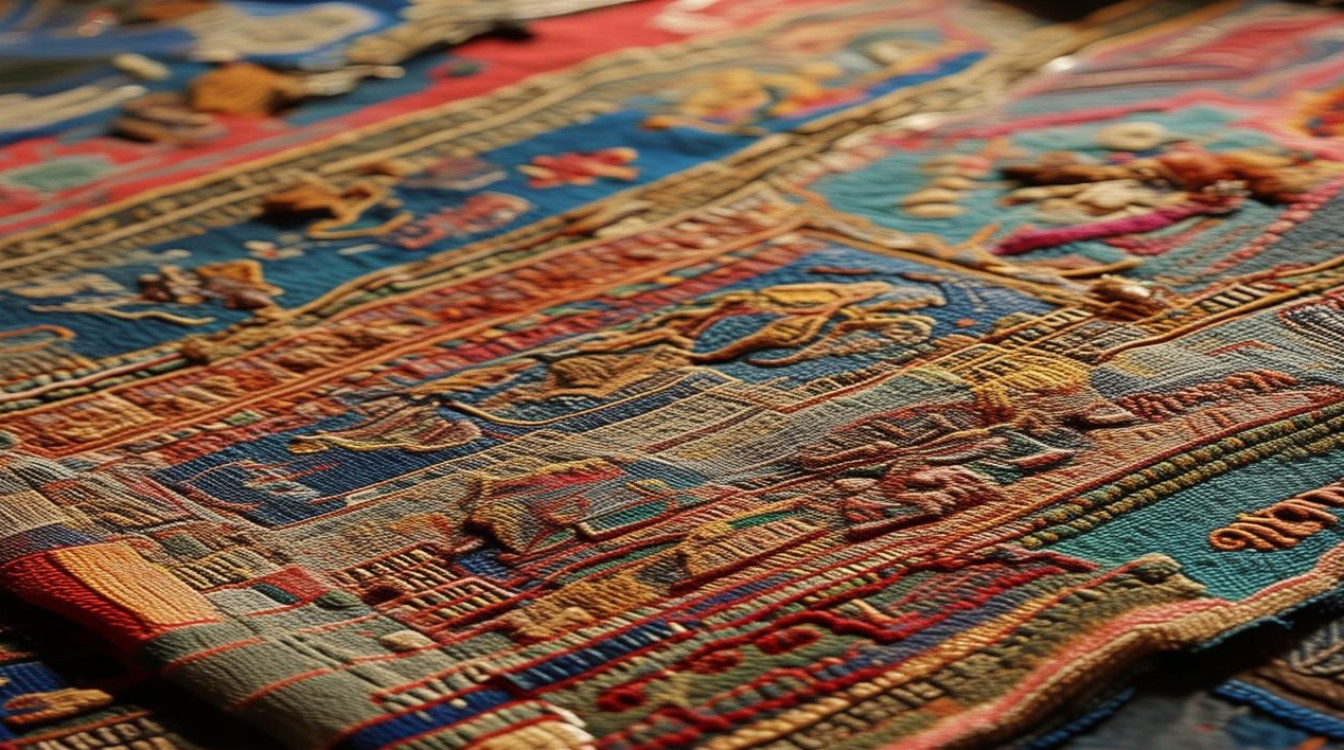The Lantern Festival, also known as Yuanxiao Festival, marks the grand finale of Chinese New Year celebrations. As the first full moon of the lunar year rises, streets across China transform into seas of glowing lanterns, sweet rice balls, and joyful reunions. This 2,000-year-old tradition blends cultural heritage with modern vitality in ways that fascinate both locals and global observers.

Dating back to the Han Dynasty (206 BC–AD 220), the festival originated as a ceremonial worship of celestial deities. Emperor Wu designated this day for Taiyi, the supreme god in ancient Chinese cosmology. Over centuries, Buddhist influences merged with indigenous customs when monks began lighting lanterns to honor Buddha on this date.
The festival's English name derives from yuanxiao - glutinous rice balls that symbolize family unity. Their round shape represents completeness, while the sweet fillings signify life's joys. Traditional lantern designs often feature zodiac animals, historical figures, or scenes from folklore, serving as three-dimensional storybooks of Chinese culture.
Regional Variations Across China
Northern celebrations emphasize ice lantern exhibitions, particularly in Harbin where subzero temperatures allow for intricate frozen sculptures. The city's annual ice lantern festival attracts millions with its crystalline castles illuminated by colored lights.

Southern provinces like Fujian host "lantern riddles" competitions where poetic clues hang from lanterns. Solving these puzzles demonstrates literary prowess - a tradition tracing back to educated elites of the Song Dynasty. In Taiwan, sky lanterns carrying handwritten wishes create mesmerizing constellations over Pingxi district.
Modern Innovations Meet Tradition
Contemporary celebrations incorporate laser shows and LED installations while preserving core rituals. Shanghai's Yuyuan Garden blends centuries-old architecture with digital projection mapping, creating immersive cultural experiences. Many urban parks now feature eco-friendly lanterns made from bamboo and recycled paper.
The festival's communal aspect thrives through workplace celebrations and school activities. Children craft paper lanterns in art classes, while companies organize team-building events centered on making yuanxiao. These adaptations ensure cultural transmission to younger generations.

Global Recognition and Cultural Exchange
As Chinese diaspora communities flourish worldwide, major cities now host official lantern festivals. London's Trafalgar Square celebration features dragon dances and calligraphy demonstrations, while Sydney incorporates lantern designs by Aboriginal artists. UNESCO's 2018 inclusion of related rituals on its Intangible Cultural Heritage list boosted international visibility.
University campuses worldwide use the occasion for cross-cultural dialogue. Harvard's annual festival includes lectures on Han Dynasty poetry alongside hands-on lantern-making workshops. Such exchanges demystify Chinese traditions while fostering mutual appreciation.
Personal Perspective

Having experienced lantern festivals across three continents, the universal appeal becomes clear. Whether watching elderly Beijing residents solve classical riddles or seeing American preschoolers marvel at floating lanterns, these shared moments of wonder transcend language barriers. The festival's genius lies in balancing solemn tradition with inclusive celebration - a luminous reminder of cultural continuity in our rapidly changing world.

